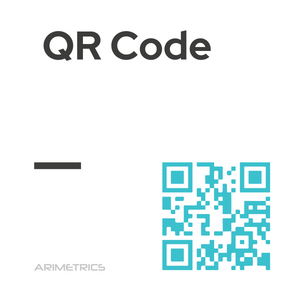Definition:
A QR code is a type of two-dimensional barcode that can only be read with smartphones or other devices dedicated to reading these codes. When a QR code is read, the devices connect directly to text messages, emails, websites, phone numbers, etc.
What the QR Code is used for
QR codes are versatile tools that companies use to establish a direct connection with their customers, allowing them to better understand the needs and questions they may have about their products or services. These codes facilitate the dissemination and receipt of information, allowing companies to create effective marketing campaigns and other valuable resources.
One of the most prominent features of QR codes is their customization capabilities. Companies can integrate their logo and visual identity elements, which helps users to recognize and remember the brand more effectively. To ensure their functionality and readability, it is crucial to follow certain structural guidelines that allow scanning applications to decode them correctly. For this reason, they are considered a powerful marketing tool that many brands are taking advantage of.
Additionally, QR codes have the potential to replace traditional barcodes, as they can store detailed product and inventory information. Generally, a QR code directs users to a link that provides relevant information, but it can also redirect to files, images, videos or other types of multimedia content.
These codes are commonly used in a variety of settings, including retail, restaurants, museums and historical sites. To decipher QR codes, there are a number of applications that use the smartphone camera, making them easy for consumers to access and use.
Advantages of QR
- Easy to use: QR codes are intuitive and can be quickly scanned with a smartphone.
- Versatility in media: They can be printed on almost any material, from posters to business cards.
- Improve user experience: Facilitate access to additional information, improving interaction in places such as restaurants and museums.
- Quick access to information: They allow users to reach a specific website or content without typing a URL.
- Cost effective: Generating QR codes is free, making them an economical option for businesses and organizations.
- Customization with logos: Companies can add their visual identity, which helps reinforce brand recognition.
- Barcode replacement: They can store more information and replace traditional barcodes on products.
Disadvantages of QR
- Need for additional applications: Some users may have to download a QR code reader if their device does not have it integrated.
- Variable scanning process: Scanning can be slow or complicated if the code quality is low or if there is poor lighting.
- Technology dependency: Requires users to have access to a smartphone and the internet to take full advantage of its functionality.
- Security risk: They can be used to redirect to malicious websites if not scanned from trusted sources.
- Lack of familiarity in some users: Not all users are familiar with its use, which may limit its effectiveness.

